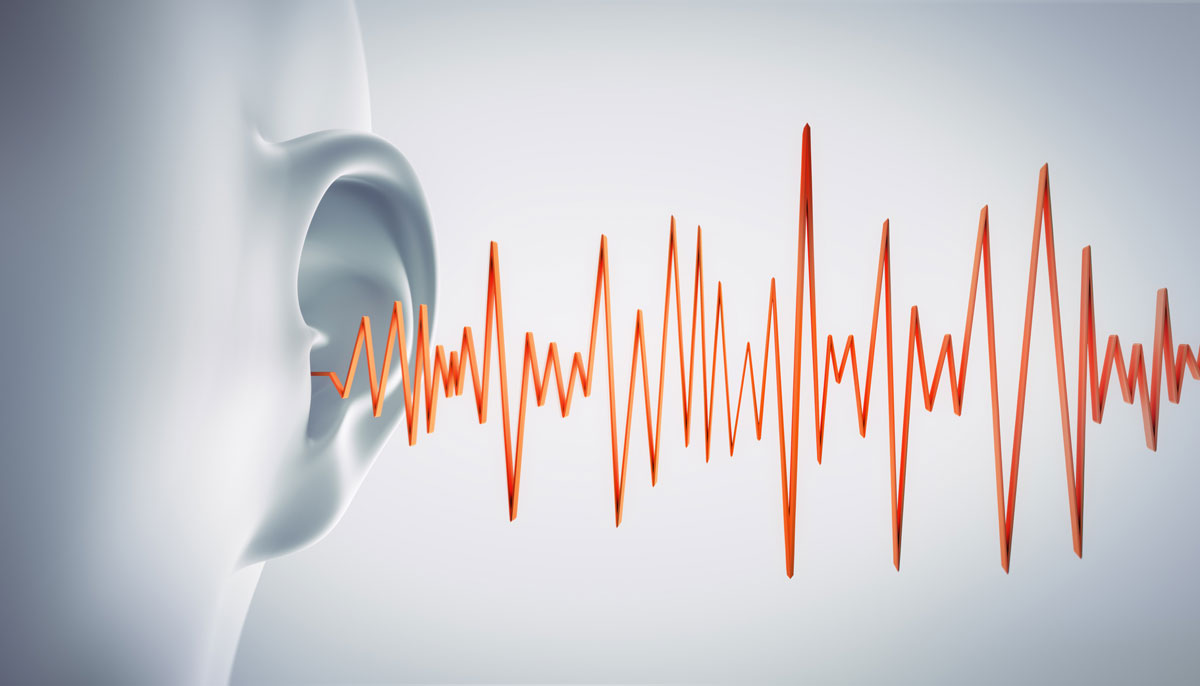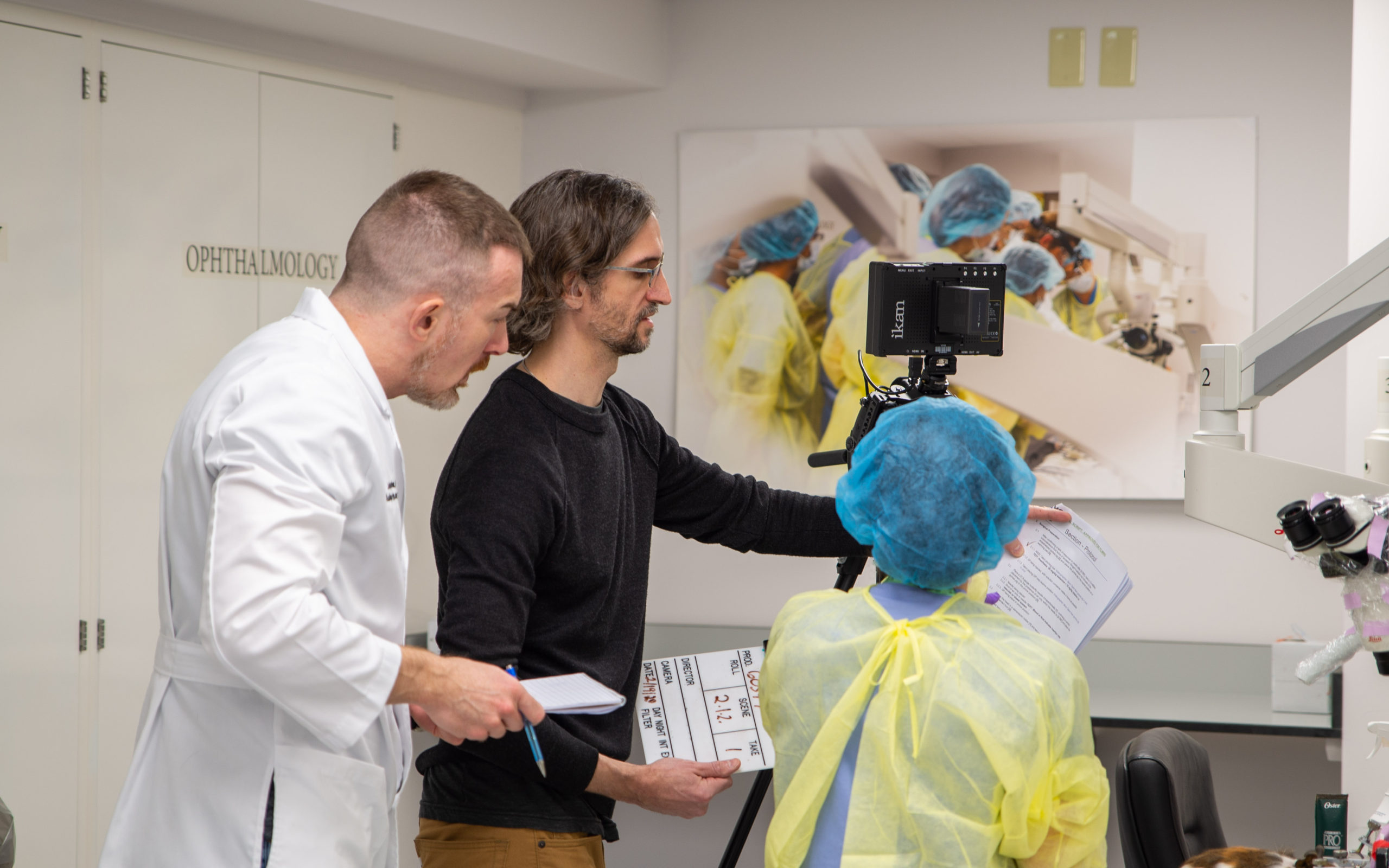The Extraordinary World of People with Double Hearing – Diplacusis

According to the U.S. National Library of Medicine National Institutes of Health, Diplacus is an “effective irregularity in which the same sound is realized as having a different pitch depending on whether it is presented in the left or the right ear”. Basically, it is The extraordinary world of people with double hearing.
Contents
It disturbs and troubles a lot of those who face this problem.
Professionals in hearing healthcare stated that Diplacusis appear when one ear promotes more hearing loss than the other.
Hearing
In this one can experience an unfamiliar phenomenon with hearing. Sounds can hear through one ear at the correct pitch, while at the same time, the same music is hearing a semitone higher or lower in the other ear. This is so much scary as well as frustrating.
Diplacusis is also called as diplacusis binaural. It may consider as a secondary symptom of sensorineural hearing loss. But it is not necessary that all patients having sensorineural hearing loss may experience diplacusis or tinnitus.
This problem may resolve itself or may affect the patient permanently. An audiological examination may explain the features of the problem included in the treatment of Diplacusis. In some cases, if essential amplification may diminish the symptoms of diplacusis.
But sometimes amplification does not make any sense in some cases and at that time no treatment is available other than waiting for natural resolution.

How Familiar is Diplacusis?
It is more noticeable by musicians as they have trained their ears to detect smaller differences in pitch than the normal public.
A study of musicians exposed that 25% experienced hyperacusis, 24% experienced tinnitus, 12% experienced distortion in their hearing and 5% experienced diplacusis in one of its forms. It is common that many of these musicians experienced two or more of the above symptoms at the same instant of time.
In normal people, 1.5% face a form of diplacusis. Some cases of diplacusis have also found in normal hearing but it is only about 1% to 2%.
By doing careful management of noise exposure for a prolonged period of time like using earplugs when requires can be an effective way to lessen the risk of diplacusis.
Types of diplacusis
There are various types of diplacusis or double hearing
Diplacusis binaural
In Diplacusis binaural, one can hear the same sound differently in each of the ears. One may hear a different pitch of the sound in each ear, or the timing may be different in each ear.
Diplacusis disharmonic
It is often called a subset of diplacusis binaural where the pitch is different in each ear only. It is the most disgusting type of diplacusis.
Diplacusis choice
In this type, one can hear the same sound repeated. One can hear the original sound followed by an ”echo”. It generally occurs when the timing of tones is a bit different in each ear. The real fact is that one ear hears the sound a little bit earlier than the second ear thus the second ear sound is look-alike an echo.
Diplacusis monauralis
In this type, one can hear a single sound as two different sounds in the ear.
Causes of diplacusis

Diplacusis caused after exposure to loud noise, a period of time with an ear infection or trauma to the head. With double hearing, one can with diplacusis also develop tinnitus, a ringing or buzzing noise, in the affected ear.
It was incidentally first observed in the year 1880s. There is a high degree of correlation between the occurrence of diplacusis and damage to the inner ear.
It involves a shift in pitch perception. This can occur when there is unilateral hearing loss means hearing in one ear is damaged or there is asymmetrical hearing loss means hearing in one ear is damaged then the hearing in other ears.
Diplacusis can be caused by damage to the inner ear which is the result of:
- Trauma to the head.
- Certain medications.
- Noise-induced hearing loss(NIHL).
It can also be occurred by an obstruction in the ear due to:
- Clogged sinuses.
- Excess earwax.
- Ear infection.
Treatment of diplacusis

If the diplacusis is caused by an obstruction, the hearing may return to normal once the obstruction is removed or the infection finishes. But, Diplacusis caused by sensorineural hearing loss is permanent, but it may cure with hearing aids or cochlear implants.

